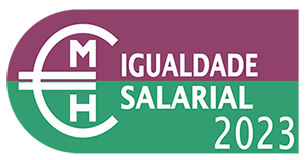Deep-sea mining of earth minerals is expected to grow in the next decades. The potential impacts of this activity on marine fauna have caused concern among the scientific community. The effects on microbial communities, however, have been overlooked despite the number of ecosystem services they provide (Orcutt et al., 2020). Mining of the deep seabed may release toxic concentrations of metals into the surrounding environment (Hauton et al., 2017). Previous studies in different environments, including works from our research team, have shown that increased concentrations of heavy metals can disrupt important microbial ecosystem functions, such as primary production, genetic diversity, or greenhouse gas mitigation metabolic activity (Baptista et al., 2015; Huang et al., 2008; Kandeler et al., 1996; Magalhães et al., 2011). Another potential effect of increased metal exposure to deep-sea microbial communities is the increase in frequency or expression of metal resistance genes as well as the co-selection of antibiotic resistance genes (ARGs). Studies in macroscopic organisms have shown that deep-sea conditions (low temperature and high pressure) may affect the toxic potential of metals (Brown et al., 2017; Hauton et al., 2017). However, the consequences of increased metal exposure on microorganisms in deep-sea conditions are currently unknown. The research proposed here aims to start filling this knowledge gap.
In this exploratory project, we address two microbial pathways with relevance to both environmental and human health: denitrification and metal/antibiotic resistance. The overarching goal is to evaluate the impacts of metal exposure on the resistance and denitrifying transcriptomes in deep-sea conditions. We propose the following specific objectives:
- Determine the effects of metal exposure on the resistance transcriptome in model piezotolerant bacteria, under deep-sea conditions.
- Examine the effects of metal exposure on the denitrification transcriptome and N2O phenotype in model piezotolerant bacteria, under deep-sea conditions.
- Investigate the interactions between resistance mechanisms and the denitrification expression phenotype.
This research project will apply an experimental approach in laboratory-controlled conditions to address the stated objectives. We will use pure cultures of model bacteria isolated from the deep-sea growing under conditions similar to the deep-sea environment (low temperature and high hydrostatic pressure). Besides performing a transcriptomic investigation of the bacterial resistome under metal pressure, we will also investigate links to denitrification, a major respiratory pathway with biogeochemical relevance and potential impacts on greenhouse gas emissions.
We will use pressurized bioreactors available at CIIMAR to incubate model piezotolerant bacteria at high pressure (10 atm.), with and without the presence of the selected metals (Cu and Cd). Each metal will be applied in a single treatment at relevant elevated concentrations and compared with controls without those levels of metal exposure. During the experiments, we will continuously monitor cell density, temperature, pressure, pH, and dissolved oxygen, known to influence denitrification activity. During the experiments, we will collect: (1) turbidity data to estimate bacterial growth, (2) headspace samples to quantify N2O, (3) liquid samples for dissolved NOx quantification, (4) liquid samples for metal quantification, and (5) liquid samples for DNA and RNA isolation for transcriptomic studies. We will quantify the expression of denitrification genes responsible for NO2- and N2O reduction by quantitative polymerase chain reaction (qPCR). Besides this targeted approach, a transcriptome analysis will be conducted using high-throughput sequencing of the whole transcriptome to investigate the transcriptional regulation of the denitrification genes and to, simultaneously, find the metal and/or antibiotic resistance genes (ARGs) that may be up regulated due to the metal presence.
To our knowledge, this research can generate the first reports of metal impacts on important microbial ecosystem functions in deep-sea conditions. The mining of the deep seafloor is still at an early stage of implementation, which represents an unusual opportunity to assess the environmental impacts of an anthropogenic activity before it begins to substantially shape the ecosystem. By studying this potential impact, we will contribute to protect and preserve important marine resources provided by microbial communities, following Goal 14 of the UN 2030 Agenda for Sustainable Development: “Conserve and sustainably use the oceans, seas and marine resources for sustainable development”.







